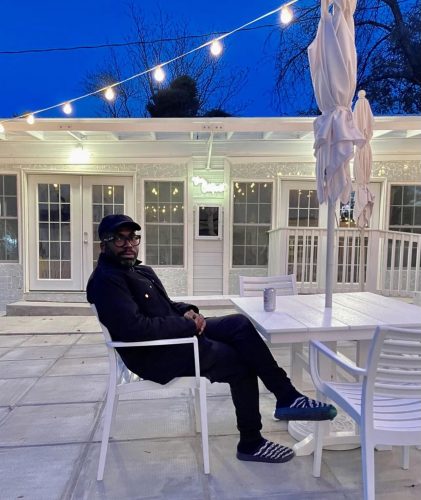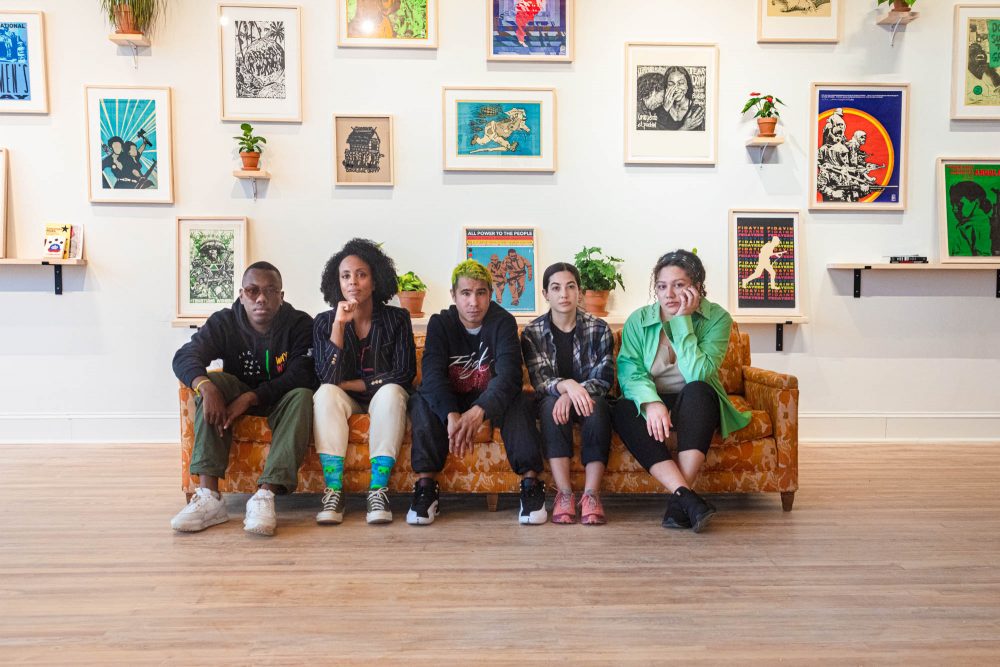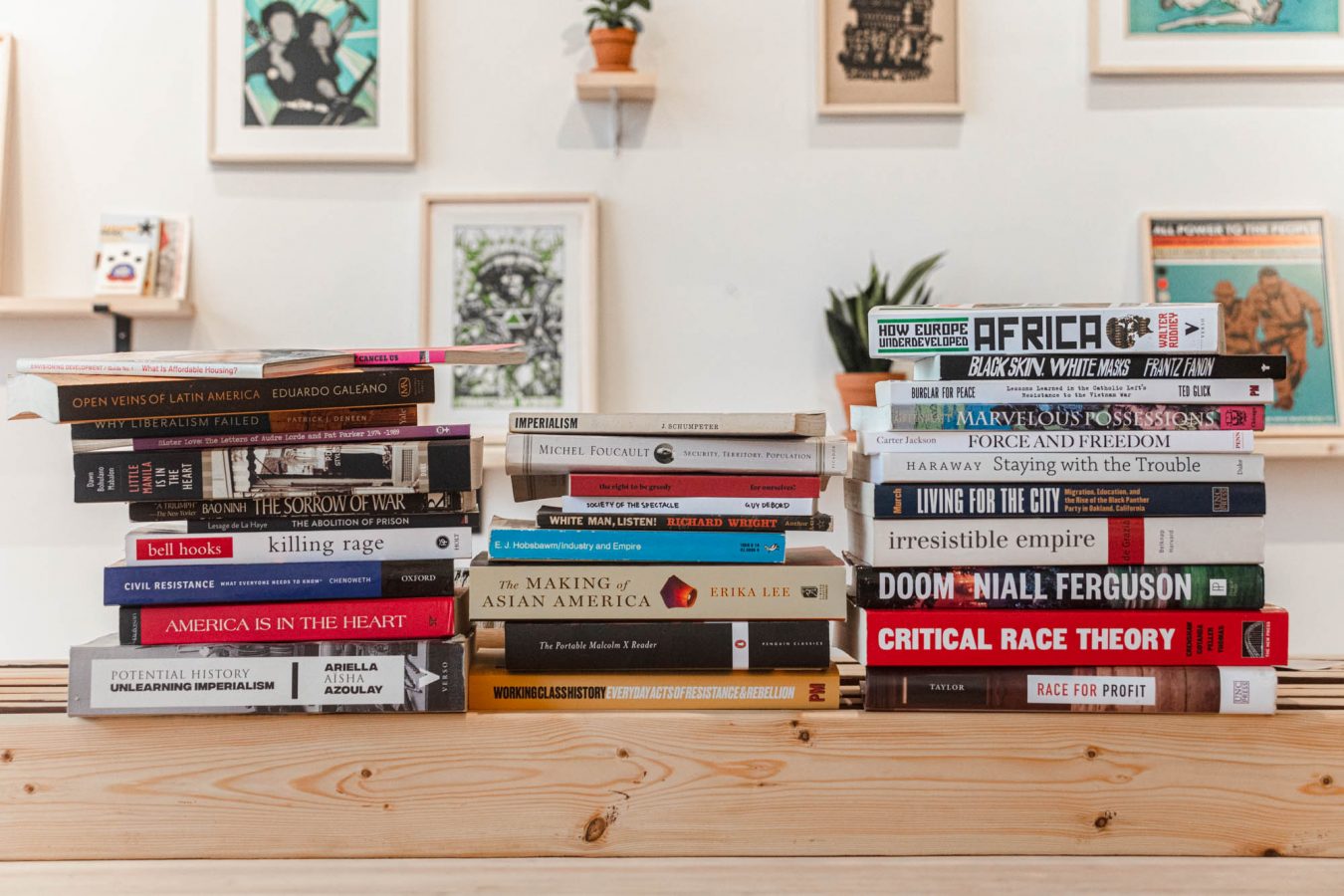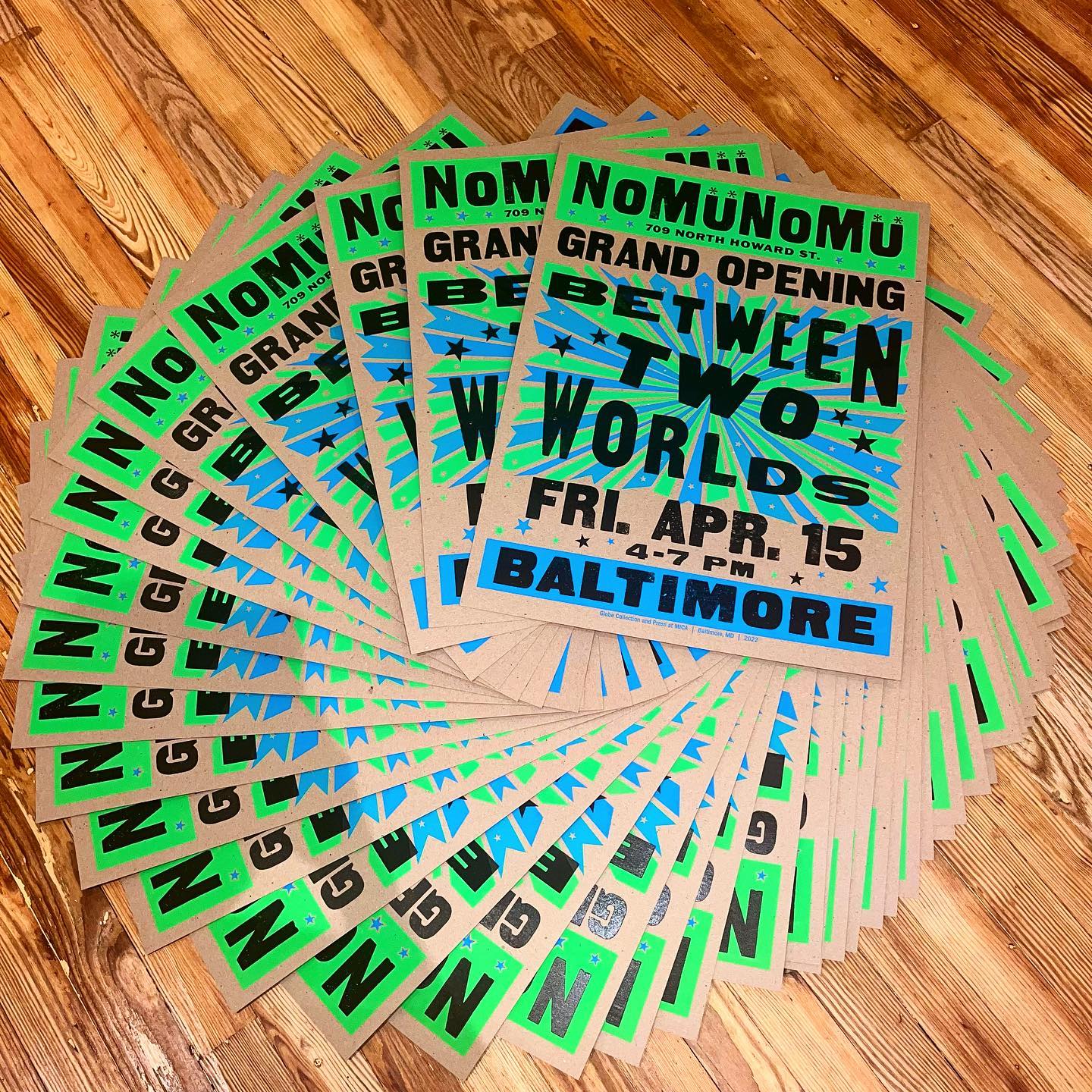Walking through the front doors of Nomü Nomü’s new, sprawling North Howard Street location in Downtown Baltimore, it’s hard to imagine it all started in a DC living room eight years ago. The reluctant gallery materialized as a solution to director Joseph Orzal’s mounting frustration with the art world machine.
Orzal worked at the Corcoran Museum as an audiovisuals manager when the merger between the Corcoran, George Washington University, and National Gallery of Art was announced in 2014. As an employee of five years, he joined Save the Corcoran, a group of students, staff, and other stakeholders who organized a lawsuit against the merger. Simultaneously, he was in conversation with the National Gallery of Art for a position transfer in preparation for the impending acquisition. After being quoted in a Washington Post article, Orzal was relieved of his position with no official reason or hope of a transfer.
His main opposition to the merger was a fear that the Corcoran would lose its creative spirit, a special something that often comes with smaller, diverse organizations.
The son of immigrant parents, Orzal is a first-generation Washingtonian. As a painter and printmaker, he initially sought gallery representation. During our interview, he recalled an unpleasant exchange with a DC gallery, in which he stopped by to see if someone would look at his work, but the director found his request offensive and promptly kicked him out.
Rejected at both the commercial and institutional ends of the spectrum, the concept of Nomu Nomu emerged. “I was just like, I am not gonna make it. These people, this world does not want me in it. So, I was like, let’s start a gallery and do our own thing,” Orzal said.









